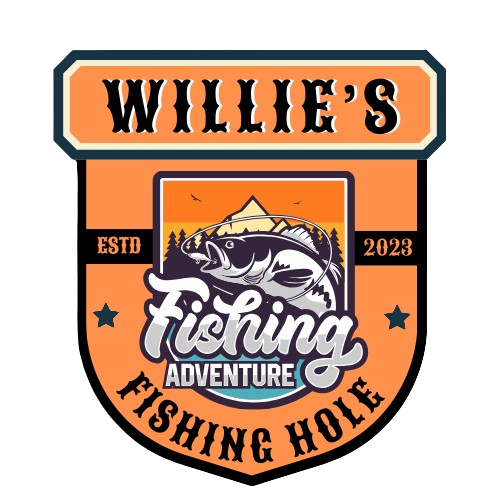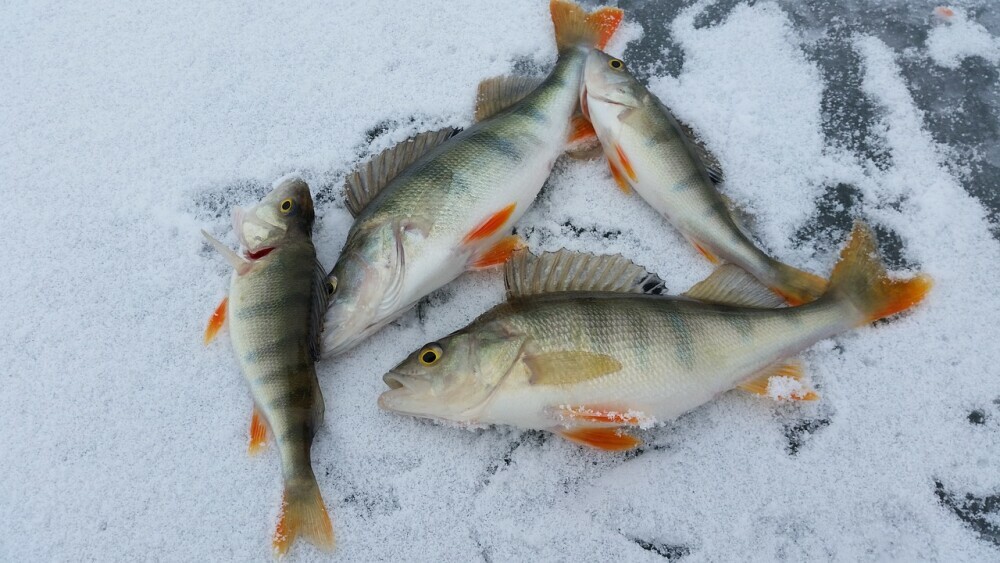Welcome my frosty friends to Willie’s Fishing Hole’s ice capade on “Mastering Ice Fishing for Perch, Walley and Pike”. Catching any of these species through the ice is more exciting than getting a box of chocolates at Christmas time. Well maybe not! Regardless, catching any of these species when the water is wide open is one thing, bringing them through the ice is quite another.
Let’s take this frozen journey together and look at some tips, techniques and baits that might help you win the battle of the frozen lake with any of the 3 species we are going to target.
Charming Chameleons: The Perch Pursuit
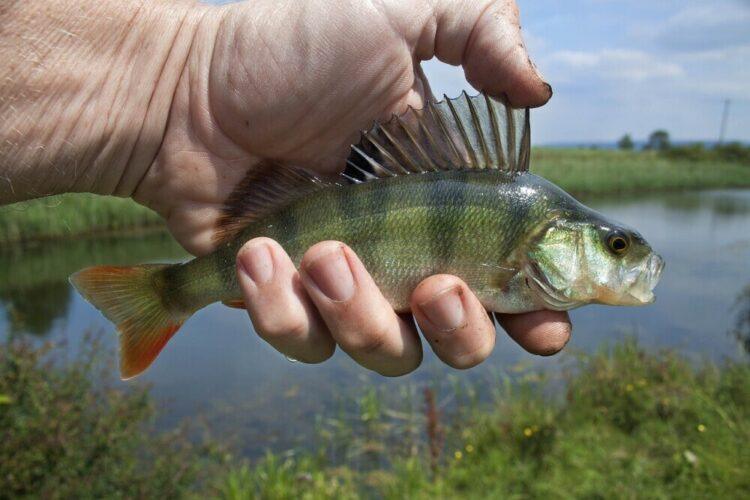
Perch, the ever-charming and voracious feeders, are a staple catch in many frozen lakes. They are like Seagulls. Where you find one, you are sure to find more. They tend to stick together in schools so that only makes your chances of catching one even greater. I can’t remember a single time going after Perch that I got skunked.
Identifying Perch Habitat and Landing These Fiery Fighters
As with any species, you have to adapt to the Perch and their habits based on the time of the Season. Each season presents it’s challenges based on ice thickness, water depth and type of bait that will work.
Early Ice
- Perch will be found in shallower waters near weed beds and drop offs.
- They are typically more active during the day.
- Once the ice is between 4 to 6 inches in thickness you should be safe to start targeting Perch.
- Your bait of choice will include small jigs tipped with live minnows or waxworms.
- When jigging, use subtle motions during the early season, to get these charming little fish to bite.
Midwinter
You didn’t feel safe on the early ice but, you are ready to have some fun.
- You are going to find Perch in schools and are sure to catch one.
- They have moved to a little deeper water in the range of 10 to 20 feet.
- You will still will find them near structures.
- Now it is time to start experimenting with different colours but, staying with small to medium jigs.
- Still tip these with live minnows or soft plastics.
- You will start jigging more aggressively now to get their attention but, be ready for subtle strikes. Your ultralight rod will get a workout.
Late Winter
- Perch are now getting ready to spawn
- They will be returning to shallower waters as the ice starts thawing. Your depth will decrease and be in the 5 to 15 foot range.
- You will be downsizing the bait again and focus on more finesse jigging.
- Switch it up to smaller jigs or tiny spoons tipped with spikes or soft plastics.
Recommended Gear and Rigs
With this smaller species it is often recommended to use ultralight rods that are more sensitive.
Some jig brands to consider are Clam, Northland tackle and custom jigs and spinners. Tear-drop tungsten jigs provide increased sensitivity.
If you are using spoons as the daily special, then consider silver, gold and glow in the dark patterns from Lindy, Acme Tackle and and Kastmaster.
The last technique to consider and something that is used in a number of situations for Perch is the drop shot rig setup.
Walleye Wonderland: Navigating the Depths
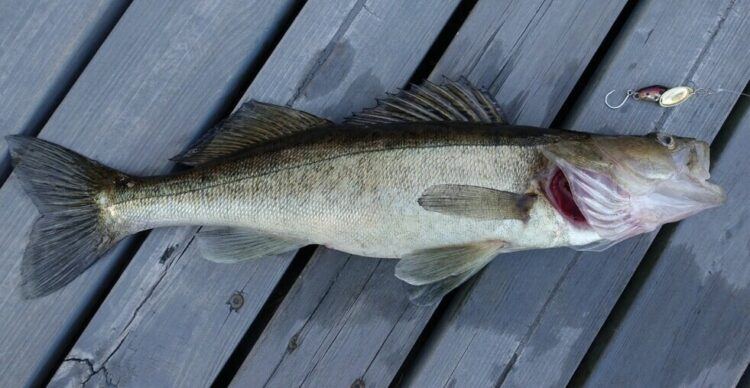
Are you ready to become a detective? Walley are an elusive and cunning species but, when you hook into one, oh let the excitement begin!
Decoding the Wiley Fox of the Fish Species
Early Ice
- Target transition zones between deep and shallow waters.
- Focus on drop-offs, especially during low-light periods.
- Use live minnows on a jigging spoon or try small, flashy lures.
- Jig aggressively during low-light periods.
Midwinter
- Move to deeper waters, 20-40 feet, as walleye become less active during midday.
- Explore underwater structures like points, humps, and ledges.
- Experiment with larger jigs or blade baits.
- Tip jigs with live minnows or soft plastics.
Late Winter
- Return to shallower depths as the ice begins to thaw, especially during dawn and dusk.
- Monitor areas near potential spawning sites.
- Return to earlier techniques with jigs or live bait.
- Incorporate more aggressive presentations as the ice thins.
Recommended Gear and Rigs
You are going to want a medium power rod with a fast action when battling Walleye.
Some jig brands to consider are Rapala, VMX and Berkley. Fire-ball jigs or swimming jigs are a good option.
If you are using spoons for breakfast, then consider silver, gold and glow in the dark patterns from Moonshine, TNT, Northland Tackle or Custom Jigs & Spinners.
Walleye will go after a live bait setup as quick as anything else you present to them. The use of a slip sinker, micro swivel and fluorocarbon leader with a live minnow or nightcrawler will be your options here.
Northern Pike: The Ice Predator’s Playground
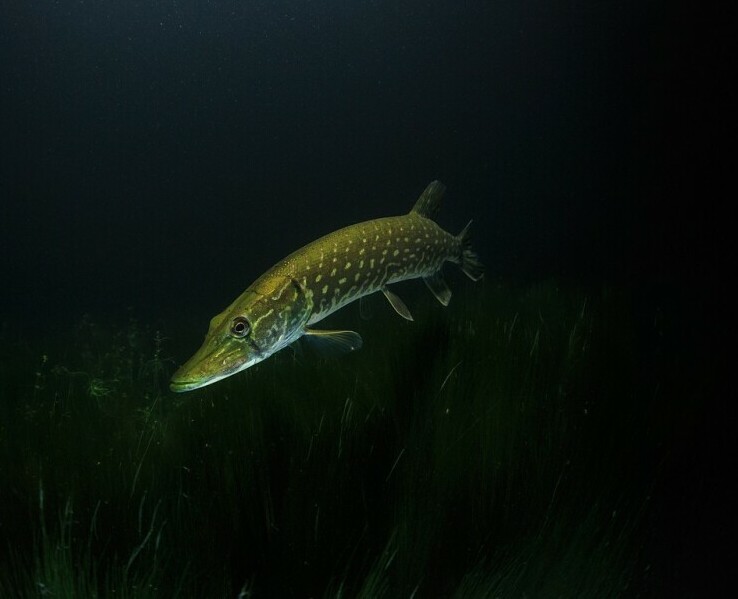
So it is a battle you seek. If you tie into a Northern Pike, a battle will most certainly follow. If you are fortunate enough, and at the same time unfortunate enough, to hook a monster, you may just get spooled or schooled. Whichever way you look at it, you will have no line left and no fish to show for it but, the fun you had during the battle you will never forget.
Preparing for Battle with the Tenacious Fighter of the Fish Species.
Early Ice
- Locate pike near weed edges and drop-offs.
- Set tip-ups with large minnows for an ambush-style approach.
- Use tip-ups with large live bait near weed edges.
- Employ large, flashy spoons for a predatory response.
Midwinter
- Continue patrolling weedy areas, targeting slightly deeper drop-offs.
- Utilize larger spoons or swimbaits for aggressive strikes.
- Stick with large spoons or try large swimbaits.
- Set tip-ups with large bait for a stealthy approach.
Late Winter
- Stay in deeper areas, preparing for the upcoming spawn.
- Focus on large lures to attract bigger, more territorial pike.
- Increase lure size to attract larger pike.
- Continue using tip-ups with large bait for big predators.
Recommended Gear and Rigs
You are going to want a medium to heavy power rod that provides control when fighting these predators.
If you are using spoons for these beasts, then consider red and white or blue and silver hammered patterns from TNT, Eppinger, Mepps and Blue Fox. Using the 4 to 6 inch size for mid sized pike or if you are chasing the giants, move to an 8 inch or larger spoon.
Swimbaits are also a great choice from Savage Gear, Storm and Musky Innovations. Choose styles that are large and have realistic baitfish imitations.
Finally a tip-up rig. For this you will want braided line on your reel with a steel leader and large treble hook. You will be using large live baitfish in this setup like suckers or ciscoes.
Conservation Corner: Respecting the Ice and the Fish
Just because you can’t see below the ice or there is snow on the ground, does not mean we are any less respectful of the environment. You should be even more conscious of the surroundings and what will happen to the items you leave behind. They may be buried in the snow or frozen in the ice now but, the ice will thaw and the snow will disappear.
Where do you think all that garbage, loose line, hooks etc. will go? Directly into the lake for a fish, duck, other animal or a human to get caught in or hooked.
Practice good catch and release techniques. Only keep what you can eat and never exceed the allowed daily limit. Put them back in the hole with care and watch them swim away.
Please, as I have said in many of my posts, respect the environment. Leave your spot cleaner than when you found it. It should be very difficult to identify someone was there fishing.
Final Thoughts: Frozen Memories and Future Adventures
As our icy expedition comes to a close, reflect on the memorable catches, the lessons learned, and the camaraderie forged on the frozen frontier. Armed with newfound knowledge, gear, and a passion for the ice, set your sights on future adventures and the promise of more frozen gold in the seasons to come.
I look forward to your Ice Capades and the stories that come with them.
